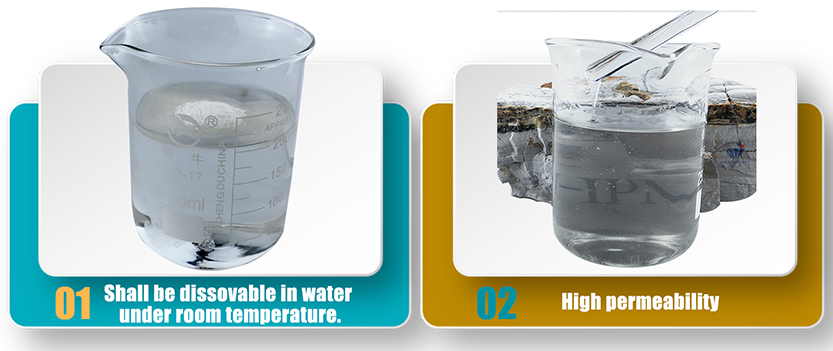
Nov . 25, 2024 23:40 Back to list
hpmc 4000 cps
Understanding HPMC 4000 CPS A Key Ingredient in Modern Formulations
Hydroxypropyl Methylcellulose (HPMC) is a versatile polymer that has gained immense popularity in various industries, particularly in pharmaceuticals, food, and cosmetics. Among its different grades, HPMC 4000 CPS (centipoise) is notable for its unique properties and wide range of applications. The number 4000 refers to the viscosity of the solution produced, making it a crucial ingredient for formulators and manufacturers looking for reliable performance in their products.
What is HPMC 4000 CPS?
HPMC is a cellulose ether derived from natural cellulose, modified to improve its water solubility and film-forming capabilities. The designation 4000 CPS indicates its viscosity level when dissolved in water, which can be measured in centipoise (CPS). Specifically, HPMC 4000 CPS has a viscosity of around 4000 centipoise at a concentration of 2% in water, indicating that it forms a moderately thick solution.
One of the main advantages of HPMC is its ability to act as a thickener, binder, stabilizer, and emulsifier, making it an essential ingredient across multiple industries. Its properties vary depending on the degree of methyl substitution and hydroxypropyl substitution, allowing formulators to select the right grade for their specific needs.
Applications in Pharmaceuticals
In the pharmaceutical industry, HPMC 4000 CPS is primarily employed in the formulation of various dosage forms, including tablets, capsules, and topical preparations. Its ability to form a gel-like consistency when mixed with water allows for controlled release of active pharmaceutical ingredients (APIs), enhancing the bioavailability of compounds that require a slow release. HPMC is also commonly used as a matrix-forming agent, providing structural integrity to solid dosage forms.
Moreover, due to its non-toxic and non-irritant nature, HPMC is hypoallergenic, making it suitable for sensitive formulations. It is often used in ophthalmic preparations and in products intended for use on mucous membranes, where safety is paramount.
hpmc 4000 cps

Role in Food Industry
In the food industry, HPMC 4000 CPS serves several purposes. It acts as a thickener and stabilizer, improving the texture and mouthfeel of food products. Its use is prevalent in sauces, dressings, ice creams, and gluten-free baked goods where it helps to maintain moisture and improve shelf life.
Furthermore, HPMC is valued for its role as a fat replacer, particularly in low-fat or reduced-calorie products. By modifying the viscosity and texture of the food, it allows manufacturers to create products that retain a satisfying mouthfeel while reducing caloric content.
Impact on Cosmetics
In the cosmetics and personal care sector, HPMC 4000 CPS is used in lotions, creams, shampoos, and other topical applications. Its film-forming properties enhance product stability and improve the sensory profile of formulations. It provides a smooth, creamy texture and improves spreadability, making the products more appealing to consumers.
Additionally, HPMC’s ability to retain water enhances moisturization in skincare products, contributing to the overall effectiveness of the formulation.
Conclusion
HPMC 4000 CPS is a multifunctional ingredient that plays a critical role in various industries. Its thickening, binding, and stabilizing properties make it an invaluable resource for formulators seeking to develop high-quality products. With its broad range of applications in pharmaceuticals, food, and cosmetics, HPMC is not just an additive; it is a key component that enhances product performance and consumer experience. As industries continue to innovate and evolve, the significance of HPMC, particularly the 4000 CPS grade, will only grow, helping to meet the diverse needs of modern consumers and industries alike.
-
Premium Cellulose Ether: Effective Liquid Thickener & Stabilizer
NewsAug.31,2025
-
HPMC for Tile Adhesive: Superior Bonding & Workability
NewsAug.30,2025
-
Premium Cellulose Ether: Effective Liquid Thickener Solutions
NewsAug.29,2025
-
HPMC for Tile Adhesive: Enhanced Bonding & Workability
NewsAug.28,2025
-
tile-bonding-additives-for-stronger-bonds
NewsAug.22,2025
-
construction-grade-rdp-for-wholesale-needs
NewsAug.22,2025







